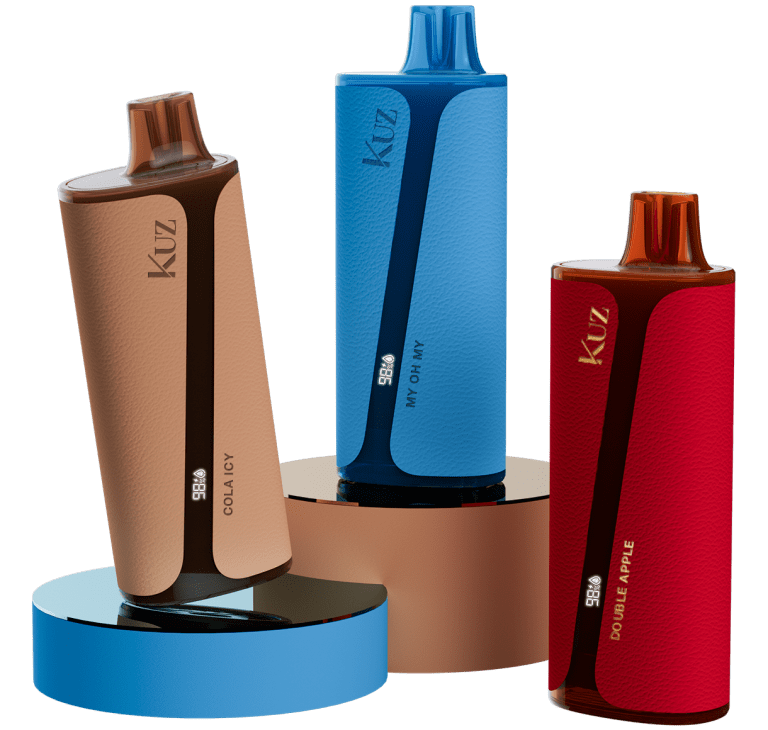Vaping has gained popularity as a modern alternative to smoking, offering fewer harmful chemicals and often a more socially acceptable experience. However, one question lingers for many indoor vapers: Does vaping leave residue? The simple answer is yes, though the extent and type of residue vary depending on several factors such as the type of e-liquid used, vaping frequency, and ventilation in the space. This article dives into the effects of vaping on your surroundings and offers practical solutions to manage and prevent residue buildup.
Understanding Vape Residue: What Is It?
Vape residue, while not as visible as traditional cigarette smoke stains, still leaves a mark on your indoor environment. The vapor produced by electronic cigarettes and other vaping devices contains particles from the e-liquid, which can settle on surfaces such as walls, windows, furniture, and even electronics. The most significant contributor to this residue is vegetable glycerin (VG), a common ingredient in vape juices. VG is a thick, sticky substance that doesn’t dissipate as easily as the vapor itself, and over time, it can build up to create a noticeable film on various surfaces.
Where Does Vape Residue Accumulate?
Vape residue can appear almost anywhere in an indoor environment, but some surfaces are more susceptible than others. Here are the most common areas where vaping leaves its mark:
- Walls: While vaping may not cause the same yellowish stains as cigarette smoke, it can still leave behind a subtle, sticky film on walls, especially in poorly ventilated spaces. This residue can dull paint and attract dust and dirt, resulting in discoloration over time.
- Windows: The cooler surfaces of windows cause the vapor to condense, forming a hazy layer that obstructs natural light. The residue on glass can be stubborn to remove, often requiring special cleaners and a good amount of elbow grease.
- Furniture and Upholstery: Fabrics like carpets, couches, and drapes can absorb vapor particles, leaving them feeling slightly greasy. These porous materials tend to trap the particles more than non-porous surfaces, making them harder to clean.
- Electronics: Vapor particles can also settle on electronics, particularly on screens and keyboards. This oily residue can reduce the performance of sensitive devices by trapping dust and dirt.
Is Vape Residue Harmful?
The long-term health effects of vape residue are still under study. While it doesn’t have the immediate dangers of secondhand smoke, there is concern about thirdhand aerosol exposure, which occurs when nicotine and other chemicals settle on surfaces and linger. These particles can react with other indoor pollutants to form harmful compounds, particularly in homes with young children or individuals with respiratory issues.
How to Prevent and Clean Vape Residue
While vape residue is less damaging than cigarette smoke, it can still be unsightly and difficult to remove. Fortunately, there are several ways to prevent and manage it.
- Ventilate Your Space: One of the best ways to prevent residue buildup is by ensuring proper ventilation. Vaping near open windows or using fans to circulate air can help minimize the accumulation of vapor on surfaces.
- Choose Vape Juice Wisely: Opting for e-liquids with a lower VG content can significantly reduce residue. Juices high in propylene glycol (PG) tend to create thinner vapor, which dissipates more easily.
- Regular Cleaning: Cleaning surfaces frequently can prevent buildup from becoming unmanageable. For windows and other glass surfaces, a mixture of vinegar and water works well to remove the sticky film. For walls and furniture, using a microfiber cloth and gentle cleaning solutions will help maintain a residue-free environment.
- Limit Indoor Vaping: The simplest solution to avoid residue indoors is to vape outside. If you prefer vaping inside, try to limit it to certain rooms or areas to reduce the overall impact.
- Professional Cleaning: In cases where residue has built up over time, especially on porous surfaces like carpets and upholstery, professional cleaning services may be necessary to fully restore your indoor space.
Final Thoughts
Vaping indoors may be more discreet than smoking, but it still leaves its mark on your surroundings. From sticky walls to hazy windows, vape residue is a real concern for indoor vapers. By understanding what causes it and how to manage it, you can keep your home clean and avoid the long-term effects of residue buildup. Whether you’re a regular vaper or just an occasional user, adopting good cleaning habits and ensuring proper ventilation are key to keeping your indoor space fresh and residue-free.



